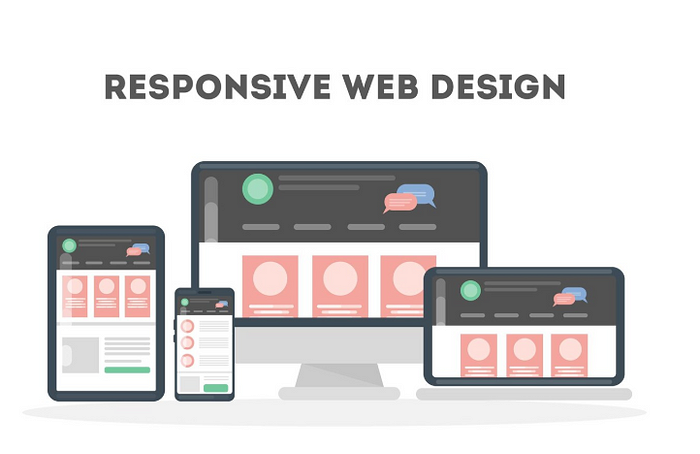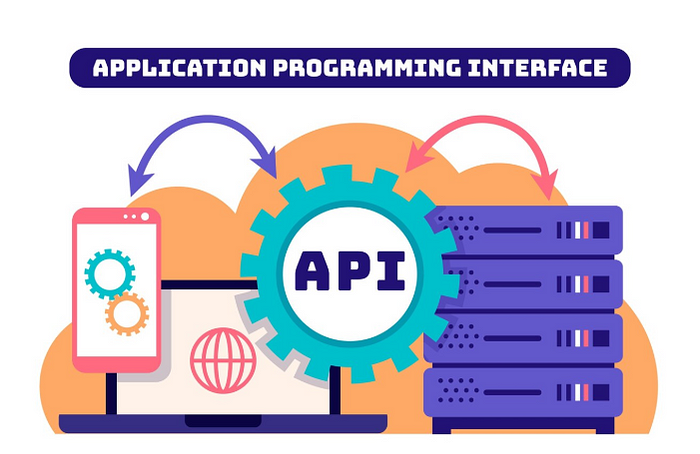Most Common Features in Demand for Web Development
Web development has evolved significantly over the years, with businesses and individuals seeking more robust and user-friendly online solutions. As a web developer or someone interested in web development, it’s crucial to understand the most common features that are in high demand. This knowledge can help you create competitive and functional websites that cater to modern user needs. Below are some of the most sought-after features in web development today.
1. Responsive Design

With the growing variety of devices, including smartphones, tablets, and desktops, responsive design is essential. Websites must adapt seamlessly to different screen sizes and resolutions, ensuring a consistent user experience across all devices. Implementing responsive frameworks like Bootstrap or using CSS media queries can help achieve this.
2. Fast Loading Speed

Users expect websites to load within seconds. Slow loading times can lead to higher bounce rates and poor user experiences. Optimizing images, using content delivery networks (CDNs), and minimizing HTTP requests are some common techniques to enhance website speed.
3. User-Friendly Navigation

Intuitive navigation ensures users can find the information they need without frustration. Features like dropdown menus, clear call-to-action buttons, and a well-organized site structure are vital for creating user-friendly navigation.
4. Search Engine Optimization (SEO)

SEO is a crucial aspect of web development, as it determines a website’s visibility on search engines. Features like clean URLs, meta tags, fast page speed, mobile-friendliness, and schema markup are in demand to boost search rankings.
5. High-Level Security

With increasing cyber threats, security is non-negotiable. Websites need HTTPS protocols, secure payment gateways, data encryption, and regular software updates to protect user data and maintain trust.
6. Content Management Systems (CMS)

Many clients prefer CMS platforms like WordPress, Drupal, or Joomla for easy website management. These systems offer flexibility, scalability, and user-friendly interfaces that empower non-technical users to manage their websites efficiently.
7. Integration with Third-Party Tools

Modern websites often require integration with tools like CRM systems, email marketing platforms, and analytics tools. APIs play a key role in enabling seamless integration and enhancing website functionality.
If you want to Discover more about this topic, click here
8. E-Commerce Functionality

For businesses selling products or services online, e-commerce features are indispensable. Secure payment gateways, shopping carts, inventory management, and customer reviews are some of the most requested functionalities.
9. Interactive Features

Interactive elements such as forms, chatbots, and animations keep users engaged. Chatbots, for instance, can provide instant customer support, while interactive forms simplify data collection.
10. Accessibility

Web accessibility ensures that websites are usable by people with disabilities. Features like screen reader compatibility, keyboard navigation, and sufficient color contrast are increasingly important to meet legal requirements and enhance inclusivity.
11. Progressive Web Apps (PWAs)

PWAs combine the best of web and mobile apps, offering offline access, fast loading times, and push notifications. They’re in high demand for businesses looking to enhance user engagement without the cost of developing native apps.
12. Real-Time Functionality

Real-time features like live chats, notifications, and collaborative tools are becoming more popular. These features rely on technologies like WebSockets to provide instant updates.
Conclusion
Staying up-to-date with the most common features in web development is crucial for creating modern and functional websites. Whether you’re a developer, designer, or business owner, focusing on these features can help you deliver exceptional user experiences and meet market demands. By prioritizing responsive design, speed, security, and interactivity, you can ensure your web projects remain competitive in an ever-evolving digital landscape.


Comments
Post a Comment